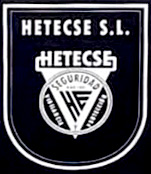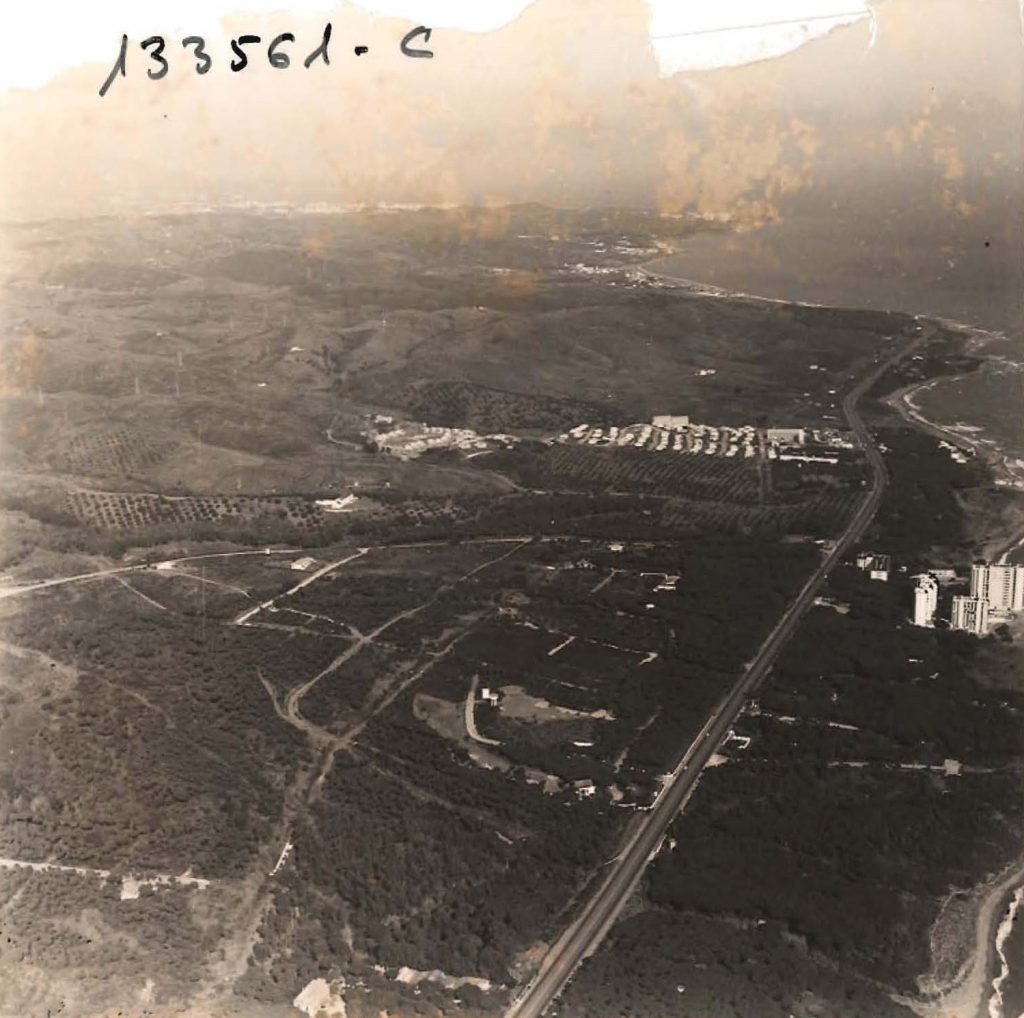– Page 5 –
Or when Hoteles Ibéricos built a small 12-room establishment at El Campanario, not unlike what is today called a ‘rural hotel’, with a magnificent restaurant that, together with the surroundings, attracted celebrities of the day, such as pianist Artur Rubenstein, who became assiduous visitors.
Or when among the first developers came an Italian group headed by Lorenzo Civiero and Armando Filipa, who bought 40,000 square metres and turned them into Marina de Cabo Pino, the picturesque marina where all the apartments are different. Its inauguration was quite an event: a party for 1,000 guests with entertainment by none other than guitarist Paco de Lucía. At about that time Dutchman Van Doorn built Parque del Sol on Avenida de España, while other developments were started, too, like that of Monteparaíso. Antonio Marineto and Joaquín Pérez Muñoz, of Málaga, began building and selling Pinar del Mar, where the owners’ community association consisted mostly of doctors, lawyers and other professionals who became the seed of the Spanish contingent at Calahonda. Edward and Sandra Smith built a riding centre, with loose boxes and a ring, where the commercial centres of Los Cipreses and El Campanario stand today. They organised rides through the famous pine forest of Calahonda as well as lessons and riding competitions. Many other developers came along to add their own creativity to the complex.
Calahonda was growing and anniversaries began to be celebrated with sporting events, beauty contests, dinners and dances at La Naranja Club… It all pointed to the enjoyment and entertainment of the residents; but it also made for unity, for belonging to something that, without being a ‘city’ or a ‘pueblo’, was nevertheless an important urban nucleus. After many attempts at creating an effective maintenance system, the Sitio de Calahonda Community of Proprietors was formally constituted in 1976. Among others, Sandra Smith and John Woltman, its President, were on the first Board. Sitio de Calahonda had found a practical and efficient formula that subsequently spread among the developments on the Costa del Sol. The objective of this Community was, in addition to maintaining the common areas of the urbanisation, to try to improve it constantly and to resolve the deficiencies produced by the fact that Mijas Town Hall did not take on such fundamental matters as street cleaning, lighting or maintenance, etc. Although there were occasional differences of opinion, the policies of this Board were always aimed at getting the best for Calahonda. Thanks to that, we can be proud of having one of the best-kept urbanisations on the Costa.
An important improvement came from José María Cuevas, of Santander, and Jesús Ángel Guerrero, who, with great vision, created a complex in 1969 that included a supermarket, a bar-restaurant and a souvenir shop, which pretty well took care of the immediate needs of the urbanisation’s residents. Before that -and in large measure it still happens today- every commercial enterprise was located in space reserved for it along the N-340, to keep the upper part free for housing. After all, the buyers were looking for good views, green surroundings and, above all, peace and quiet.
In 1976 Holy Mass began to be said under the pine trees where a church was planned and eventually built. When the parish priest of Cala de Mijas, Father Rodríguez Cabeza, presented the idea of constructing a hermitage, a piece of land was given to the Bishopric. Later, a half dozen proprietors financed what is today the Hermitage of San Miguel.
Father Rodrigo managed to create an even stronger bond between La Cala and Calahonda by organising an annual ‘romería’, or pilgrimage, between one place and the other. In the beginning Saint Teresa, on her carriage, came in procession from La Cala to Calahonda, where a Mass was said and a meal taken among the pine trees. Each family brought from home more food than they needed themselves, which meant that there was always enough for those who turned up unexpectedly. The meal was always followed by singing and dancing.
 +34 695 223 964
+34 695 223 964

